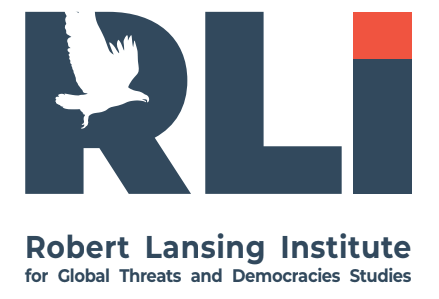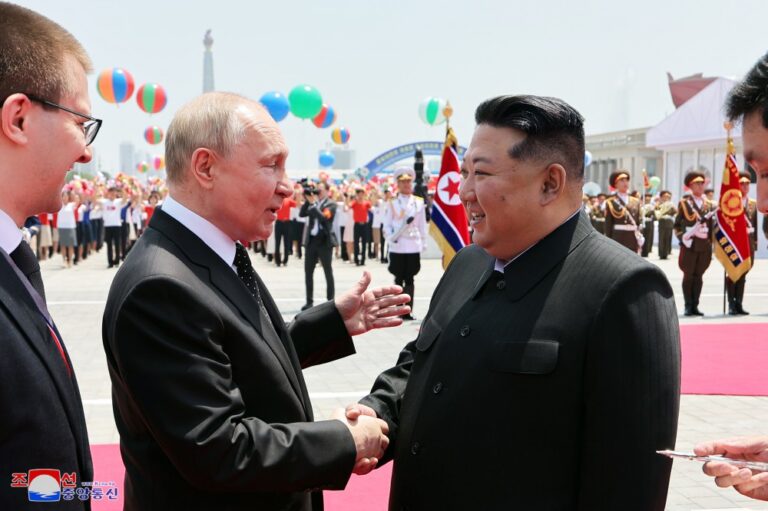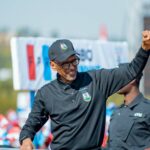A review of video and photographic materials published following Russian President Vladimir Putin’s foreign visits suggests that, at least since early 2024, Russia has abolished the protocol for his biological safety. Previously, the Kremlin released images and videos of Putin’s meetings with other heads of state, maintaining a certain distance, often seated at long tables. However, recent documentation of his personal interactions and foreign visits shows the absence of such distancing measures.
Since 2020, we have closely monitored the health of the Kremlin leader. We have concluded that the distancing protocols implemented during Putin’s interactions were likely due to treatment protocols for oncological conditions, where the patient must avoid contact with potential infection carriers due to a weakened immune system.
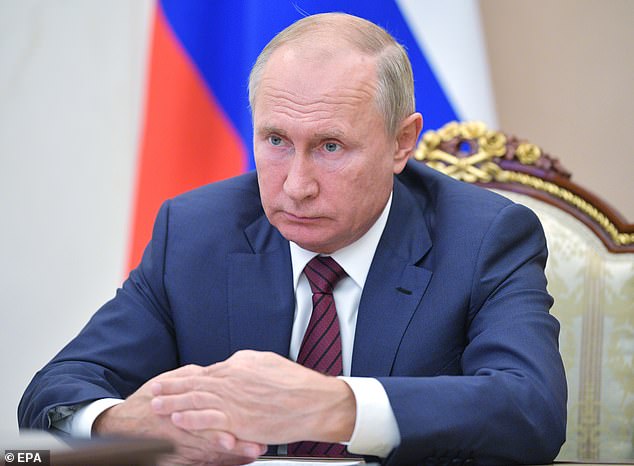
More on this story: Putin’s health rumors as a sign of power shift
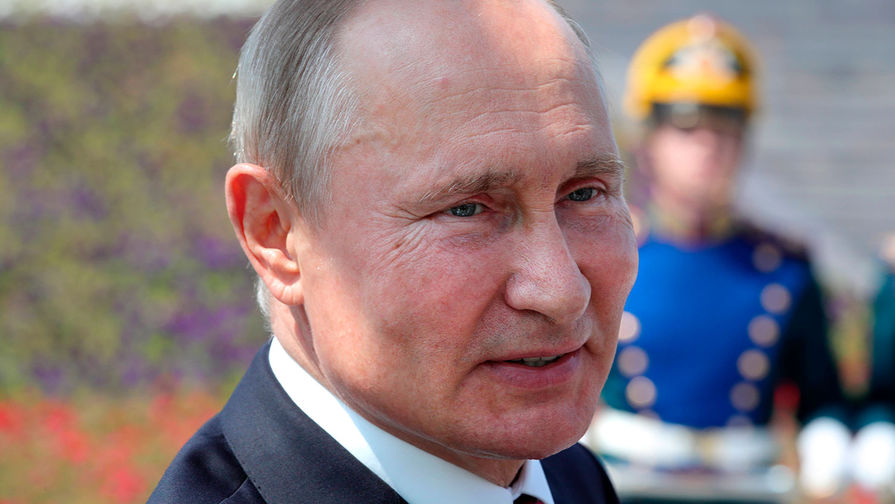
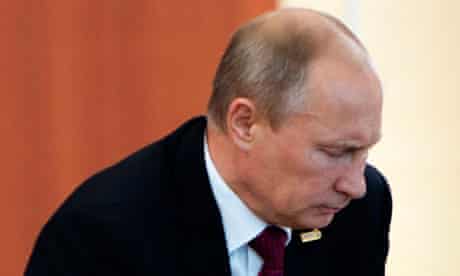
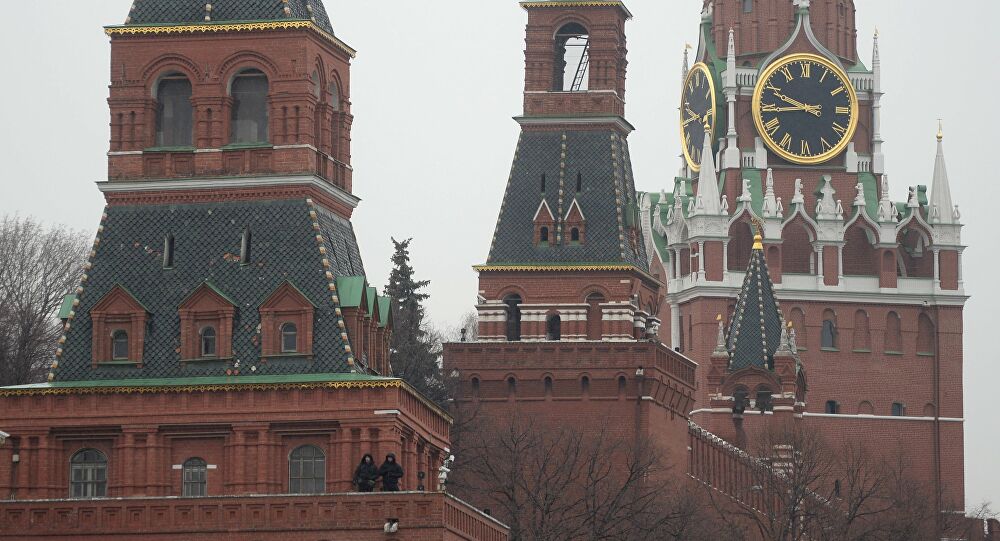
More on this story: Signs of Putin’s weakening and transformational processes in Russia
The news outlet MSN has claimed that a body double was sent, for instance, to North Korea. We have previously provided evidence of Putin’s body doubles, which aligns with the practices of the 9th Directorate of the KGB responsible for protecting Soviet leaders. The effectiveness of these practices has undoubtedly led to their adoption by Russia’s FSO. We are convinced that the use of Putin’s doubles is more likely related to his health status rather than concerns over his physical safety.
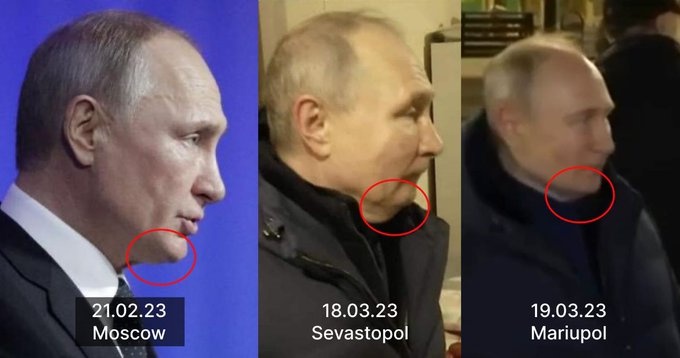
More on this story: Situation in Russia
During Putin’s visit to North Korea, journalists noted sagging cheeks and uncharacteristic behavior and gestures when interacting with the North Korean dictator. Additionally, we observed that the Russians have stopped having the FSO officer responsible for collecting the President’s biological material accompany the leader.
The use of body doubles could logically explain why the Kremlin has lifted the biological safety protocols, allowing the President direct contact and closer proximity to his counterparts. This development is particularly interesting in the context of two facts:
1. The information campaign about Putin’s death, which was likely launched with the sanction of Nikolai Patrushev, and
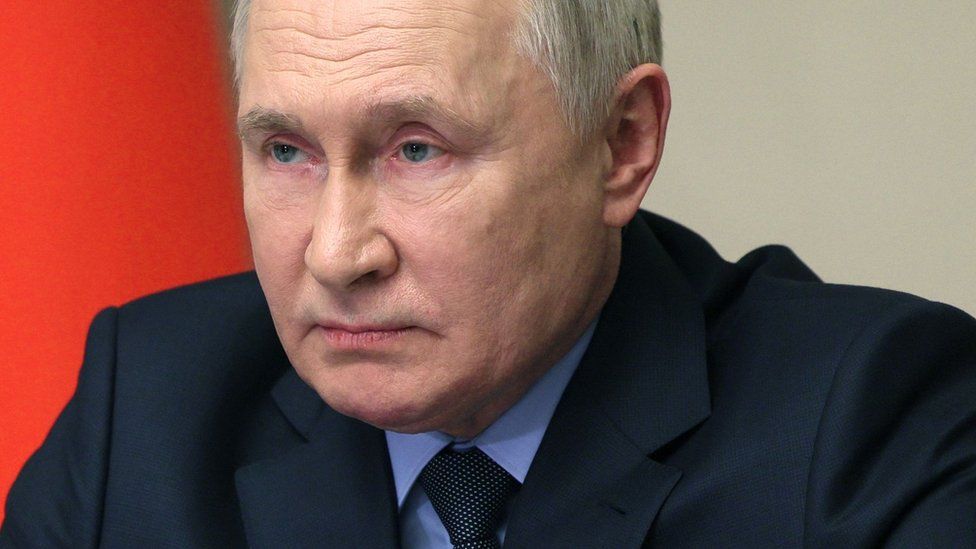
More on this story: Reasons and indicators for political shifts in Russia
2. The de facto expansion of Patrushev’s powers, who has assumed part of the President’s responsibilities and retains them even after stepping down as head of Russia’s Security Council.

More on this story: Prigozhin’s rebellion in Russia: national political consequences analysis
Although we cannot currently determine Vladimir Putin’s exact condition, the continued use of presidential body doubles by the Kremlin casts doubt on whether the decision-making center remains in Putin’s hands and whether the person undertaking foreign visits genuinely holds the authority to speak on behalf of Russia. Consequently, we cannot rule out the possibility that Russia’s leadership now resembles a collegial Politburo akin to that of the late Soviet era.
